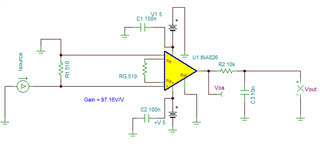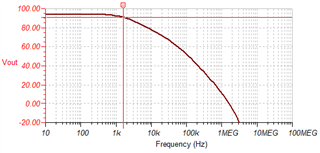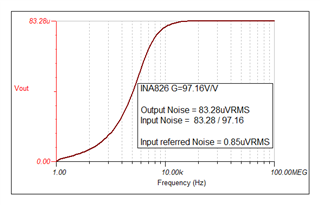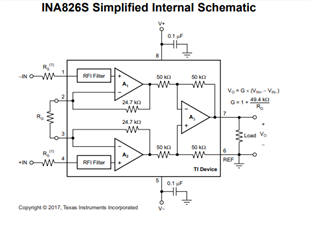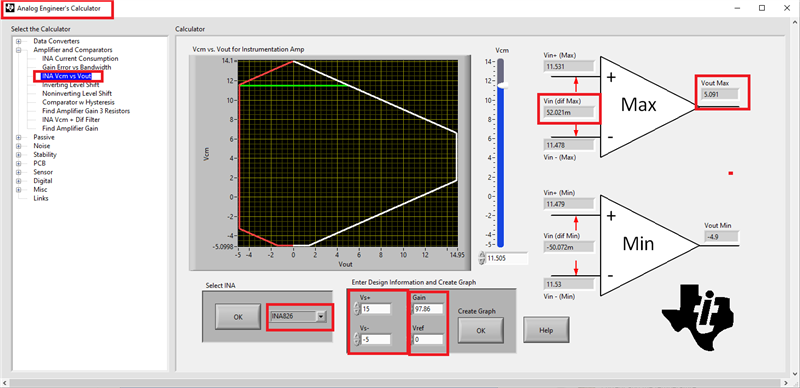Other Parts Discussed in Thread: TINA-TI, INAEVM-ALT-SO8, INA821
I am designing circuit to measure microamps of esp32 in sleep modes. I am beginner in this field. I am thinking of using INA826 amplifier. It will be used as low side sensing. Burden resistance is connected between ground of esp32 and negative terminal of supply voltage. Is my technique correct? And recommendation for some other amplifier. Thanks in advance.





